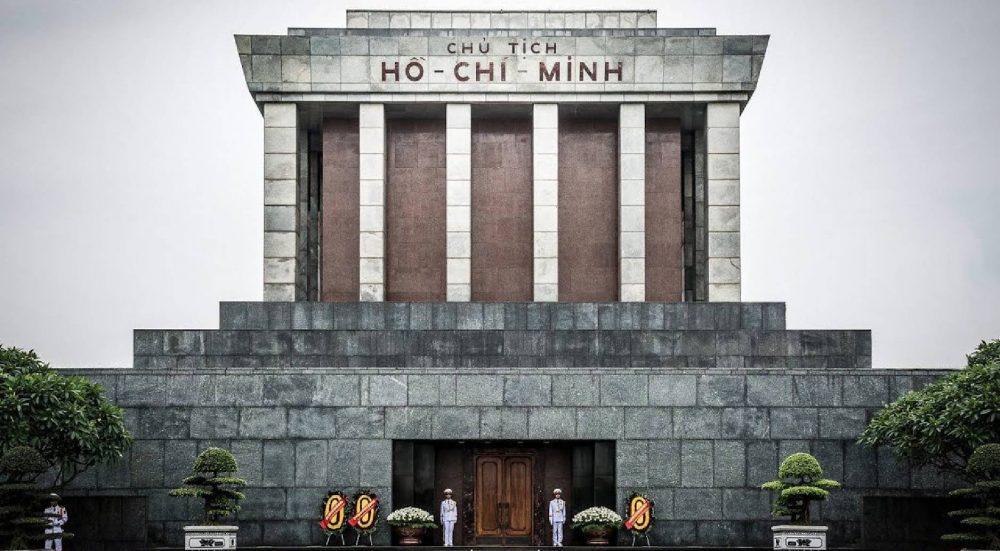Ho Chi Minh Mausoleum – The convergence of elite architecture and cultural space.
Ho Chi Minh Mausoleum (or Uncle Ho’s tomb) is one of the famous works of cultural and historical value and also attracts a lot of tourists to visit to show admiration to the old father of the Vietnamese nation.
- 1. Introduction about Ho Chi Minh Mausoleum
- 2. Address of Ho Chi Minh Mausoleum
- 3. Opening time of Ho Chi Minh Mausoleum
- 4. Fares to enter Ho Chi Minh Mausoleum
- 5. Vehicles to Ho Chi Minh Mausoleum
- 6. Notes when visiting Ho Chi Minh Mausoleum
- 7. Journey to visit Ho Chi Minh Mausoleum
- 8. The rasing and lowering flag ceremony in Ho Chi Minh Mausoleum
1. Introduction about Ho Chi Minh Mausoleum
Ho Chi Minh Mausoleum is one of the most prominent places that tourists cannot ignore when traveling to Hanoi. The tomb was officially built on September 2, 1973 and completed on August 19, 1975.
This is the place to keep the body of President Ho Chi Minh – the outstanding leader of the nation and the world cultural celebrity. Uncle Ho’s mausoleum is located in the tomb complex including Ba Dinh Square, the Presidential Palace, Uncle Ho’s stilt house, etc.
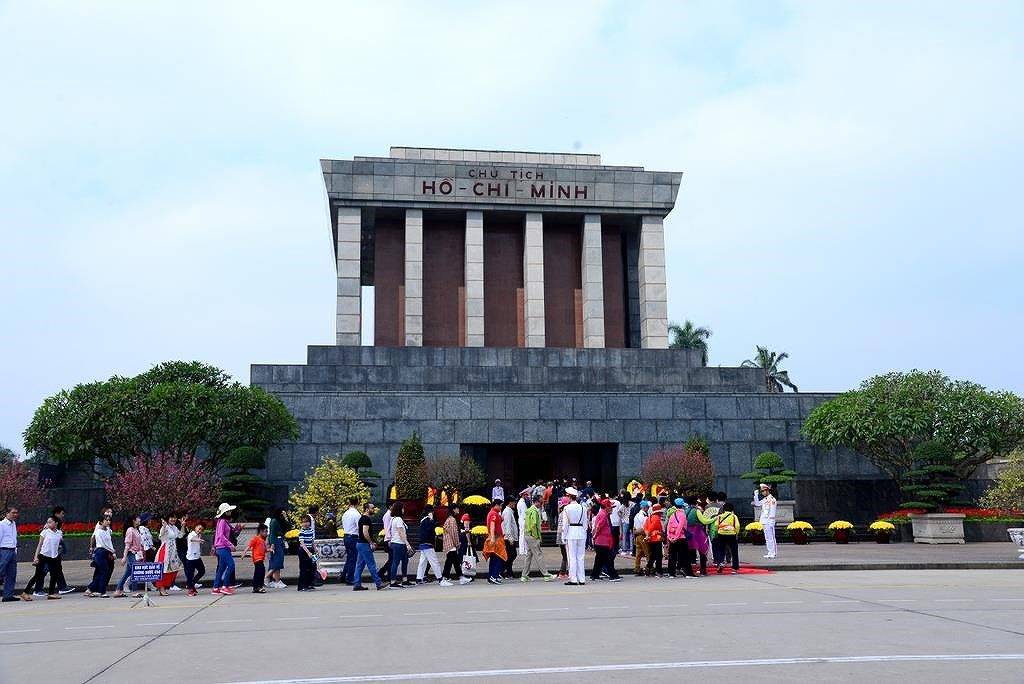
2. Address of Ho Chi Minh Mausoleum
The Mausoleum is located at 25 Hung Vuong, Dien Bien Ward, Ba Dinh District, right in the center of Hanoi. However, visitors who go on a tour must enter to Ho Chi Minh Museum at 19 Ngoc Ha, Ba Dinh.
3. Opening time of Ho Chi Minh Mausoleum
– The Ho Chi Minh Mausoleum is usually open in the mornings of the week except for Mondays and Fridays. However, on special days like the first day of the Lunar New Year, May 19 (Uncle’s birthday) and September 2 (National Day), which coincides on Monday or Friday, the tomb will still open.
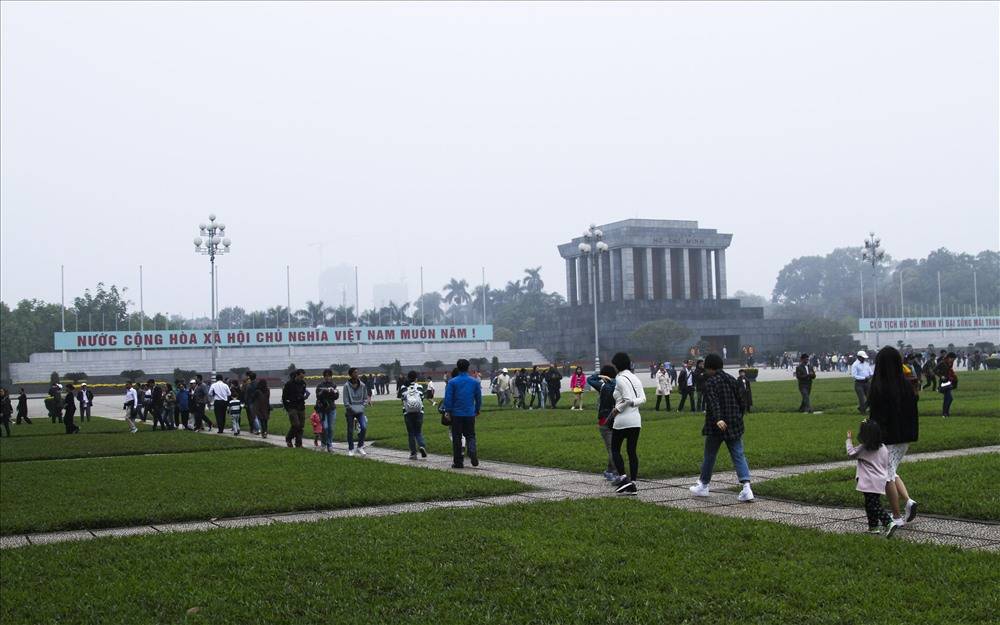
– Opening hours:
• In summer, from April to the end of September, the tomb is open from 7:30 am to 10:30 am. On Saturdays, Sundays and other holidays, the Mausoleum is open from 7:30 am to 11:00 am.
• In winter, from December to the end of March next year, the Mausoleum is open from 8 am to 11 am. For Saturdays and Sundays, the Mausoleum is open from 8:00 am to 11:30 am.
4. Fares to enter Ho Chi Minh Mausoleum
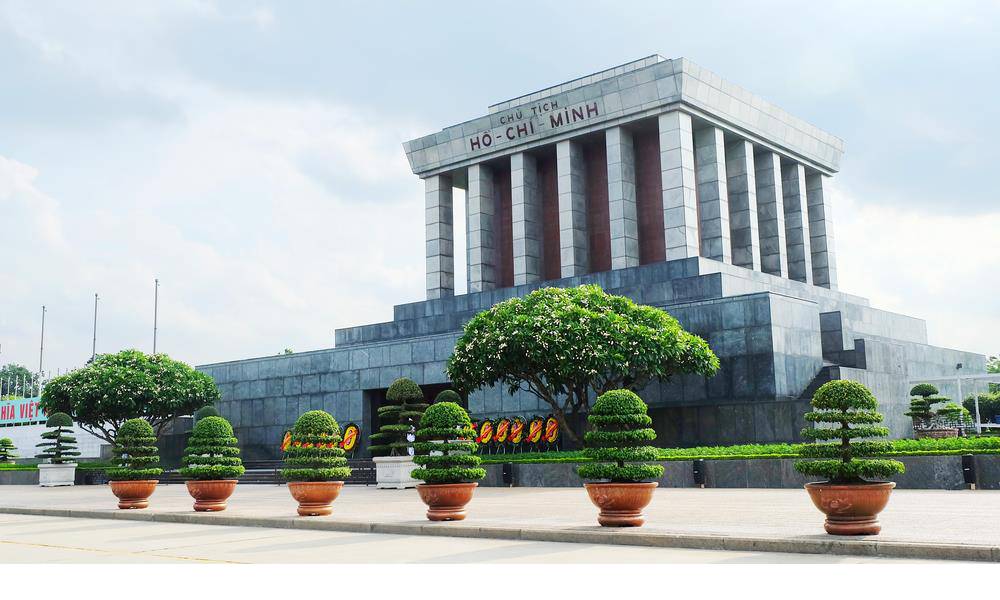
– For foreign tourists: 25.000 VND / trip, and 25.000 VND for visiting Uncle Ho’s split house where he used to live.
– For Vietnamese people: free of charge
5. Vehicles to Ho Chi Minh Mausoleum
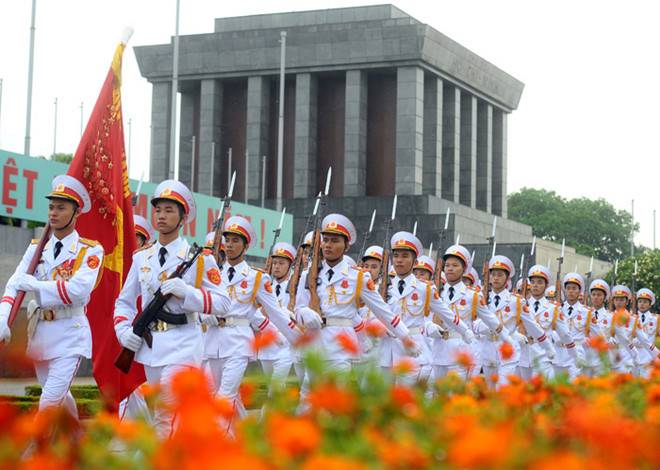
If you visit Uncle Ho’s mausoleum by motorbikes, you can park them outside at Ong Ich Khiem street – the opposite road to the Commander tomb or at 19 Ngoc Ha street – the entrance to Ho Chi Minh Museum.
If going by bus, you can take bus routes 09, 18, 22, 33, 45, 50 to the stop at 18A Le Hong Phong, which is the closest point to Uncle Ho’s mausoleum.
6. Notes when visiting Ho Chi Minh Mausoleum
– Costumes: Clothes need to be neatly polite. Avoid wearing short or too open skirts.
– Attitude: Gently and quite. Line up in the order when entering the tomb. Remove the hat and do not put your hand in the pocket.
– You can bring your phone, camera, however, do not take photos or record in prohibited areas, especially inside the tomb.
– Children under 3 years old are not allowed to enter the tomb.
7. Journey to visit Ho Chi Minh Mausoleum
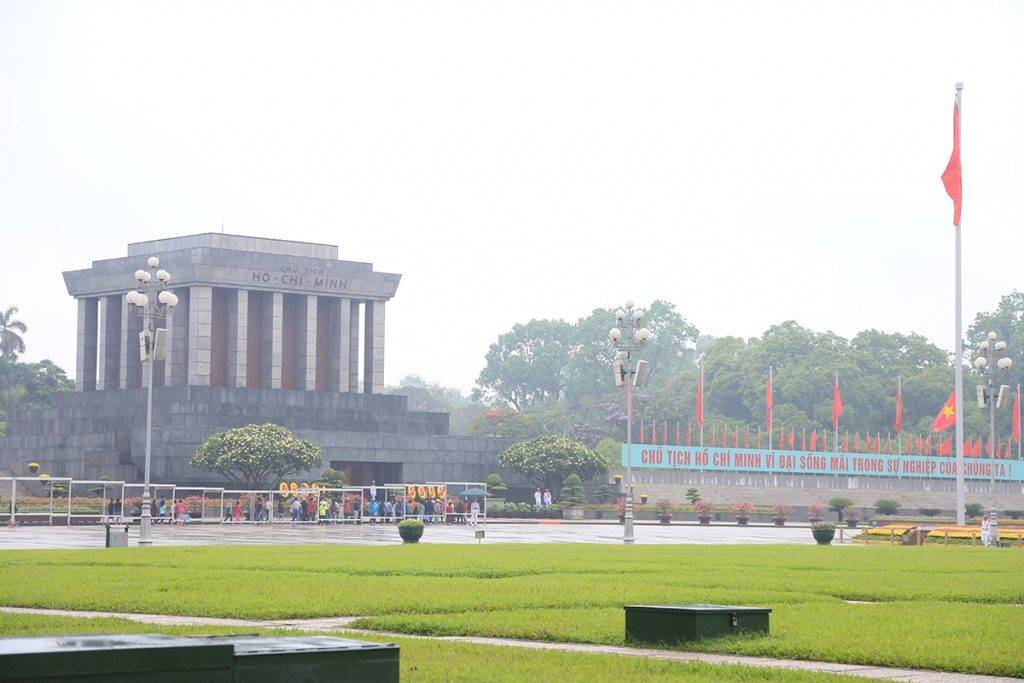
Tourists will visit the whole area in the order: Ho Chi Minh Mausoleum to Uncle Ho’s stilt house, fish pond, then visit the Ho Chi Minh museum and finally the One Pillar Pagoda.
The road from the mausoleum to Uncle Ho’s split house is very beautiful, with a lake and a garden, so the air is extremely cool. By visiting his small house, tourists can learn more about Uncle Ho’s simple life and Revolutionary movement.
Finally, you can visit the One Pillar Pagoda – the country’s sophisticated architecture with the record of “the temple that has the most unique architecture in the world”. One Pillar Pagoda, considered as the thousand-year-old lotus of Hanoi, is one of the symbols of the capital.
8. The rasing and lowering flag ceremony in Ho Chi Minh Mausoleum
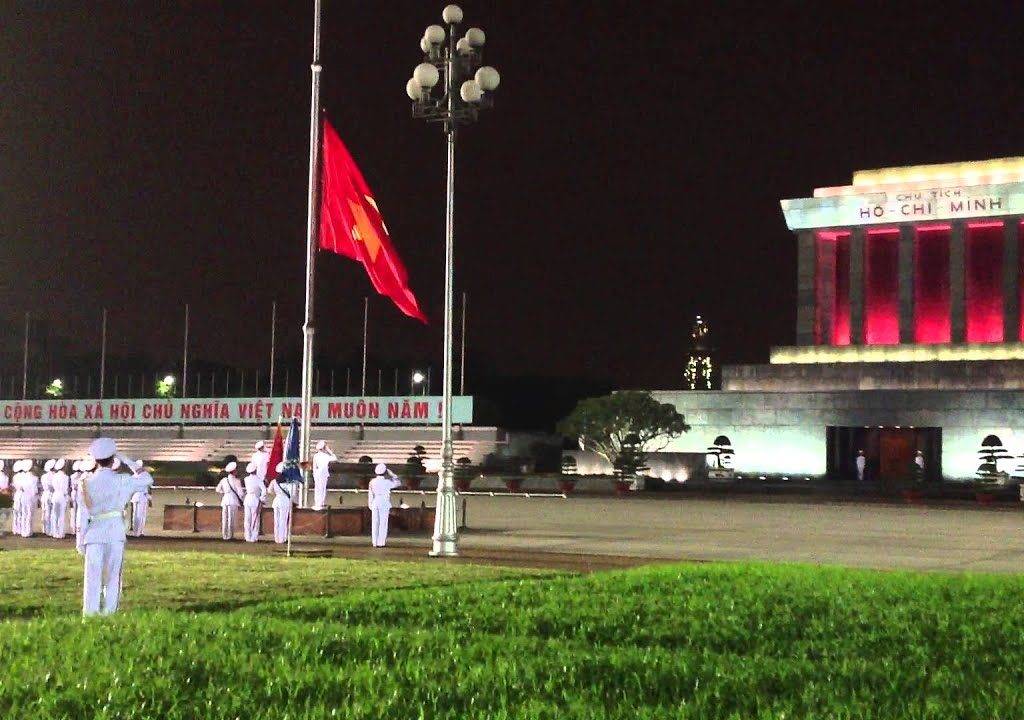
The national flag raising and lowering ceremonies in front of Uncle Ho’s mausoleum are taken place respectively at 6:00 am every morning and 9:00 pm afternoon in Ba Dinh square.
The soldiers perform the ceremony with the most solemn attitude to keep the image of the national flag.
